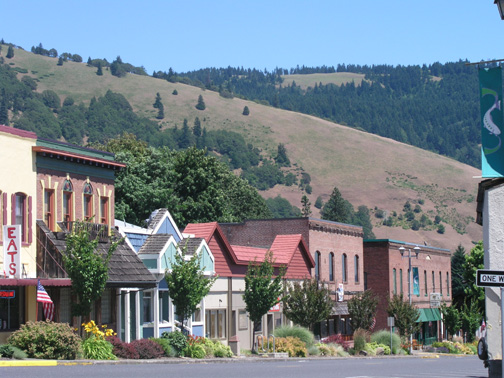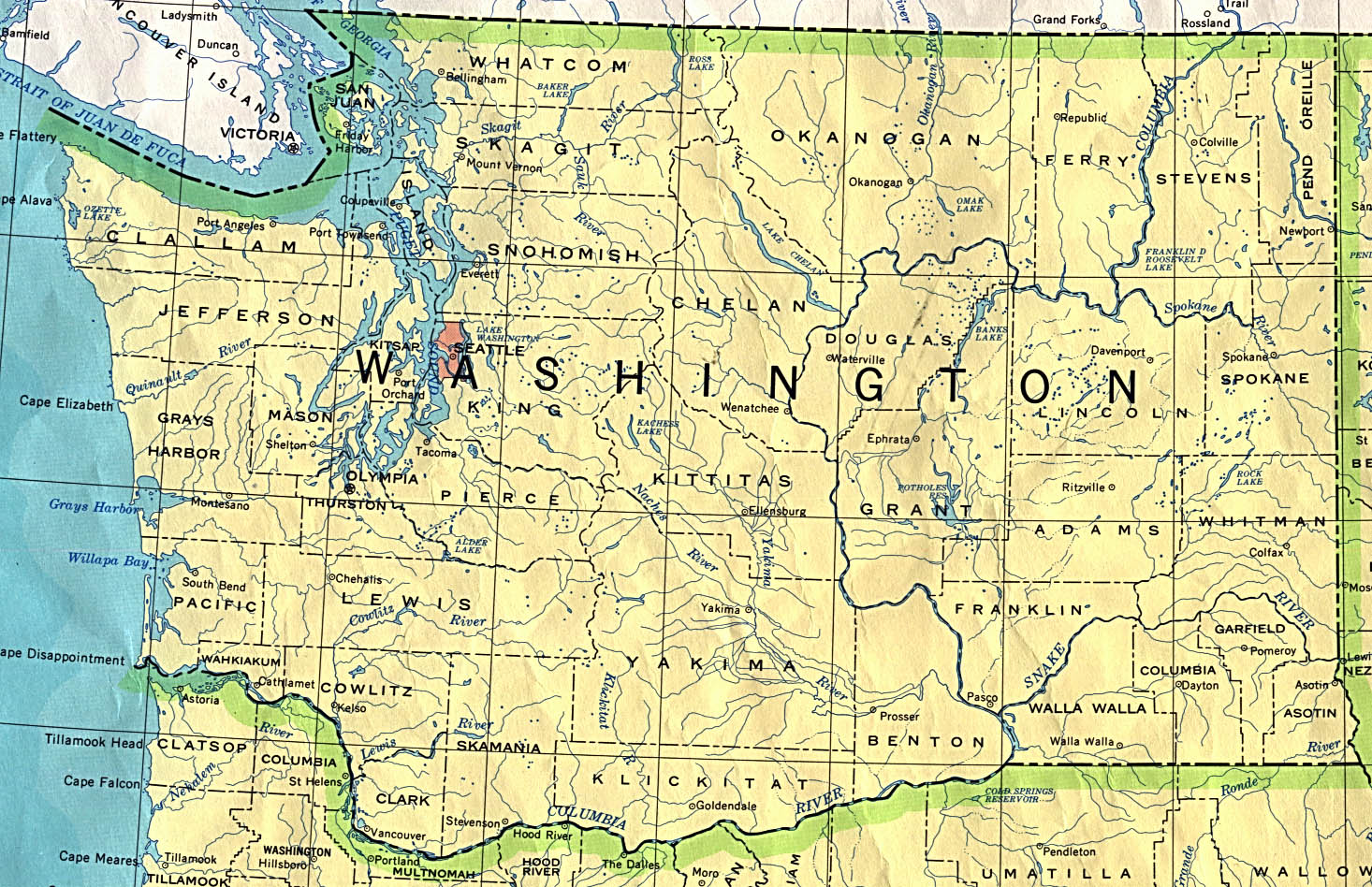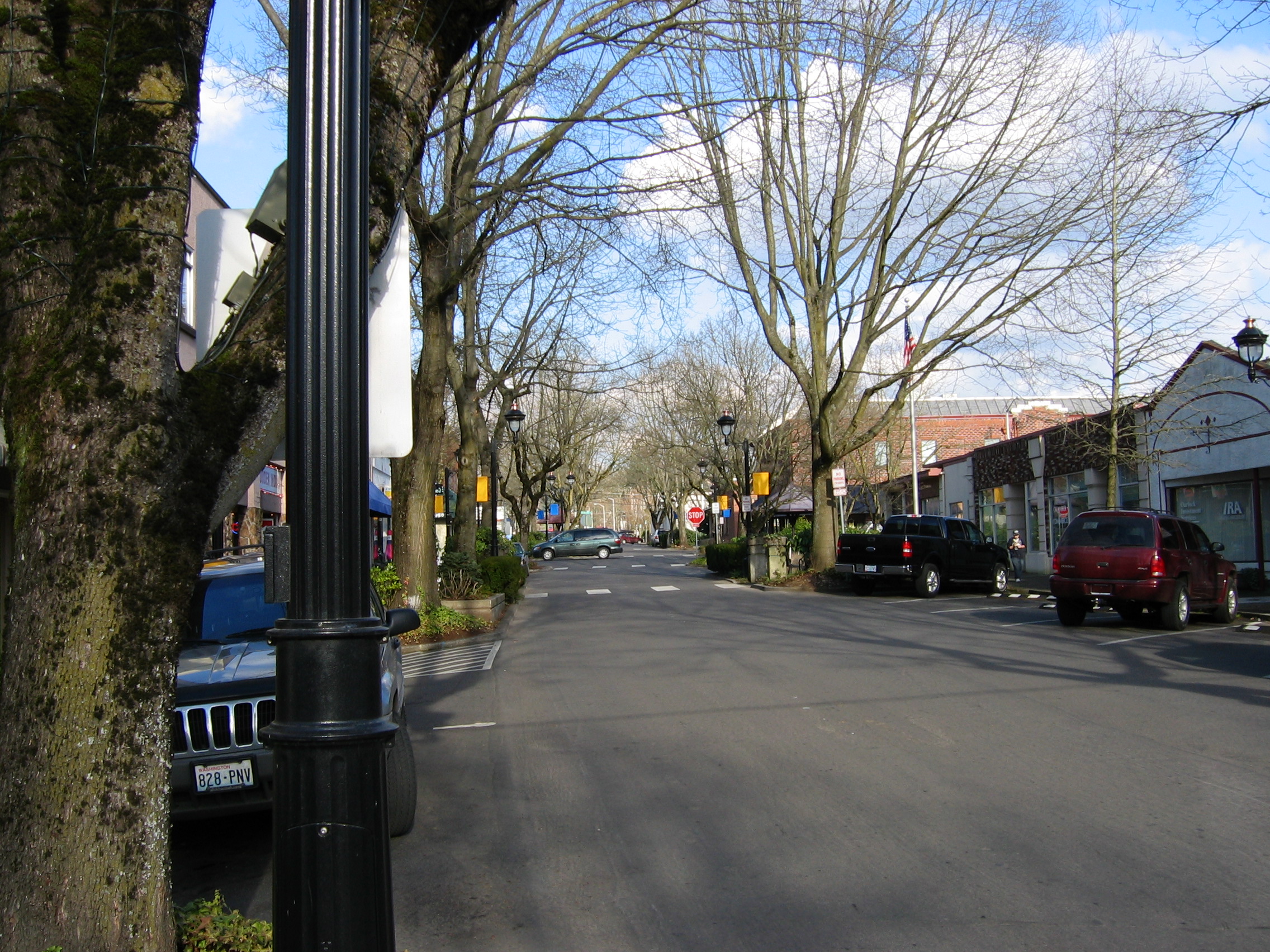Blue Highways: Pitt, Washington
Unfolding the Map
 LHM chases a hang-glider from the top of a canyon down to the river, and learns how balance and knowing limits is important if one is going to undertake the mysteries of flight. I'll expand on this concept a bit and apply it to life - as LHM intended for this section, I think. To locate Pitt, a hard little place to find, check out the map.
LHM chases a hang-glider from the top of a canyon down to the river, and learns how balance and knowing limits is important if one is going to undertake the mysteries of flight. I'll expand on this concept a bit and apply it to life - as LHM intended for this section, I think. To locate Pitt, a hard little place to find, check out the map.
Book Quote
"Something darkened the windshield just as I came to the edge of the high slope. I ducked, braked hard, and leaned out to see what it was. Should have guessed. A man had just jumped off the mountain in a hang-glider....
"'....It's a balance,' Holliston said. 'We've got to risk a little more each time to improve and go beyond what we've done in the past. But if we take on too much at once, it could be the last lesson. The problem is we don't always know when we get in over our heads. We've got to trust our gut reactions without giving in to them. That's what's hard.'"
Blue Highways: Part 6, Chapter 8
 Klickitat River Canyon at Pitt Bridge. The field is the site to where LHM would have chased the hang-glider. Photo at Dry Side Property's website. Click on photo to go to host site.
Klickitat River Canyon at Pitt Bridge. The field is the site to where LHM would have chased the hang-glider. Photo at Dry Side Property's website. Click on photo to go to host site.
Pitt, Washington
When I was young, I was fascinated by airplanes. I could see them a long way off too because I am far-sighted. A former foster parent once told me that when I was two, I would see an airplane that he couldn't see, and he didn't believe me. Then he would hear the faraway sound and locate a speck in the distance and realize that I was right.
Today I'm still fascinated with flight and flying things. Because of my eyesight, I've never tried to take flying lessons. But my fascination extends out into other forms of flying. I'm just as enrapt if I see a balloon in the air (and believe me, in Albuquerque you see a lot of balloons during the best flying weather) as I am if I see a squadron of F-16s roaring away or on a landing approach at the Air Force base near my house. Just the other week I could be found outside my house, staring into the sky as the Air Force's Thunderbird squadron did its maneuvers for an airshow at the airport just down the street. Though politically I am mindful of the need for a military, I am still against the use of the military unless it can be shown to be absolutely necessary. Yet, I love watching the military jets do their maneuvers and think about the engineering that went in to creating these slim pieces of metal that can defy gravity and move so gracefully in the air.
Of course, as the quote reminds us above, everything has to be done in balance. One learns to push the boundaries without going too far. Those who are successful in pushing the boundaries are those that survive. Those that don't might end up dead.
Think about it. In an airplane, everything depends upon the balance of the wing. From the biggest, most lumbering aircraft you have to the sleekest, quickest fighter jet, everything depends upon the balance of the airfoil the jet rides upon, its wing. Upsetting the balance a little bit, such as raising or lowering a flap on one side or the other, causes one side of the wing to push down while the other raises, and the plane turns. Too much, and the plane will spin out of control. Even when fighter jets do some of those jaw dropping turns and maneuvers, they are doing it within the performance levels of the aircraft - slipping over the edge will still result in a small object, the plane, meeting a massive object, the earth. We all know what body will survive that collision.
In a balloon, different circumstances are present but the need for balance is ever-present. A balloon pilot is constantly judging the balance between warm and cold air. Cold days are the best to fly, because the hot air created by igniting propane and heating the inside of the balloon canopy will give the balloon the best lift. Once in the air, the only thing that can be controlled fully by the pilot is the rate of ascent and descent - other than that they are dependent on air currents at different altitudes. A pilot must judge fuel, weight, ground wind-speed and other factors before making a determination whether to fly, and once in the air, how to land. Misjudging any of these factors could be fatal.
I had a co-worker once who did hang gliding. He was looking forward to the day that he could do a launch off Sandia Crest, the 10,600 foot peak to the east of where I live. He told me that the flight would consist of taking off the peak maybe trying to catch a thermal updraft, gliding a bit, and attempting to land at a large field a few miles away and about 5,000 feet lower in the city. However, like the men LHM sees hang-gliding in Pitt, he was fully aware of his present limits and what he would have to do to be able to take that leap. He had been working with a hang-gliding instructor, and he had been gradually working his way up to larger hills to glide from. It was a process of testing limits a little at a time.
Human experience has often, throughout our history, been viewed as a metaphor of flight, and for good reason. We compare children leaving home with baby birds leaving the nest as they step out on to the branch, and launch themselves into the unknown. If they survive the landing, and the other myriads of dangers out there, they will make lives for themselves. We often talk about ideas, or dreams, or love taking wing. We engage in flights of fancy. We are up in the air about things but sometimes we can't get off the ground. Occasionally, life hits us with some turbulence and we have to come in for a hard or a crash landing.
The Greeks gave us the story of Daedalus and Icarus, the father and son who escaped imprisonment at in the palace of Knossos in Crete on wings fashioned out of feathers and wax. Daedalus warned Icarus not to fly too close to the sun nor too close to the water. But Icarus wanted to try his wings and eventually got so close to the sun it melted the wax and he lost his feathers and fell into the sea and perished. I read this story as a cautionary tale on two fronts. Daedalus, the wise father, knew the lessons of balance and harmony and knew that the best path lay between two extremes, the sun and the sea. Icarus, the impetuous younger man, failed to heed his father's warnings and, wanting to test the limits of his capabilities, flaunted the balance and harmony and paid for it.
We admire those people whose flight plans in life have kept them on a relatively safe course. They may have navigated turbulence and faced times when they have been put in a tailspin, but they've kept their wits about them and they've only tested their boundaries within their limits. We tend to pity and sometimes avoid those who don't seem to learn that lesson. Their lives, out balance, seem to be crash landings that happen over and over again and sometimes, they don't walk away. If flight truly is a metaphor for life, then our task is to keep our wings level, push the boundary once in awhile, and keep soaring until it is time to bring it in.
Musical Interlude
I can't believe that this song, from 1987, is almost 25 years old now, but it fits perfectly with the theme of this post. David Gilmour had just taken the solo leadership of Pink Floyd after the departure of longtime bandmate Roger Waters. Gilmour is an accomplished pilot, but for the first time he was leading the band on his own. The song Learning to Fly can be read as Gilmour's realization that he was embarking on something new and, like a chick about to step off the branch, or a hang-glider about to make a first run down a slope, he was going to have to learn to fly again.
If you want to know more about Pitt
I literally couldn't find anything about Pitt. A Google Search only brings up things about Pittsburgh or Washington DC. I guess you won't learn much about it. But here's some links for the county where Pitt is located:
Klickitat County
Klickitat County Fair and Rodeo
Klickitat County History
Wikipedia: Klickitat County
Next up: Klickitat, Oregon




 Sunday, October 30, 2011 at 10:41AM
Sunday, October 30, 2011 at 10:41AM






